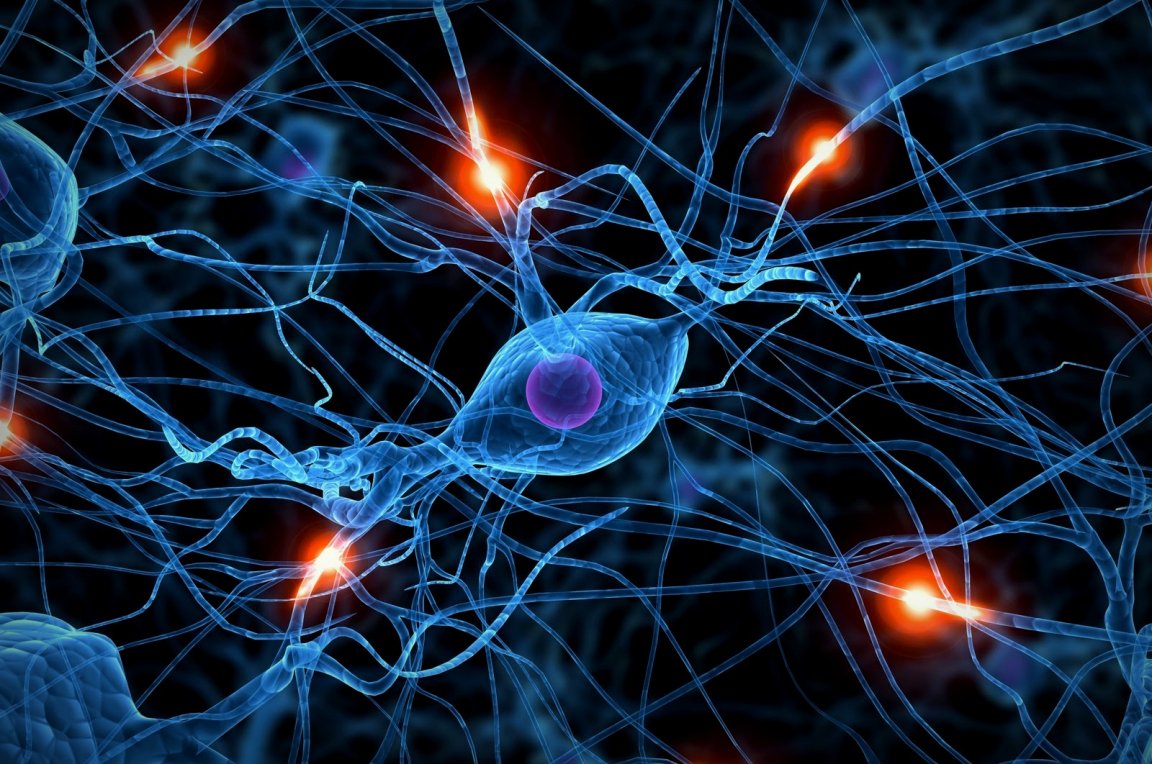
The Breakthrough
University of Michigan researchers are unlocking the secrets of neural pathways, thanks to light-emitting diodes that are as small as neurons.
It was recently announced that the researchers have built and tested neural probes in mice that contain the smallest implantable LEDs ever made. These probes can control and record the activity of many individual neurons, and they can also measure how the changes in the activity of a single neuron may affect its neighbors.
Ultimately, the team hopes that the experiments could lead to breakthroughs in understanding and treating neurological diseases such as Alzheimer’s.
“This is a very big step forward,” Kensall Wise, the William Gould Dow Distinguished University Professor Emeritus, said in a statement. “The fact that you can generate these optical signals on the probe, in a living brain, opens up new doors.”
The human brain is powered by a network of around 100 billion neurons, and figuring out how they work together is a monumental and important task, the researchers add.

The Implications
“Hundreds of millions of people suffer from neurological diseases, but treatment methods and drugs are currently very limited because scientific understanding of the brain is lacking,” said Fan Wu, a postdoctoral researcher in electrical engineering and computer sciences and co-first author on a new paper on the findings published in Neuron.
He continues, “We have developed a tool that is needed to better understand how the brain works—and why it doesn’t work—to try to solve to these problems.”
In the past, genetically-modified rodents were utilized by neuroscientists using an “optogenetics” technique to help reveal which regions of the brain are responsible for which behaviors. But it couldn’t reveal how the neurons communicate with one another, a problem solved by the new probes.
“Now we can know how a group of cells, both adjacent and farther away, are responding to the activation of a single cell,” Wu said. “This will help us better understand how these cells are communicating with each other.”